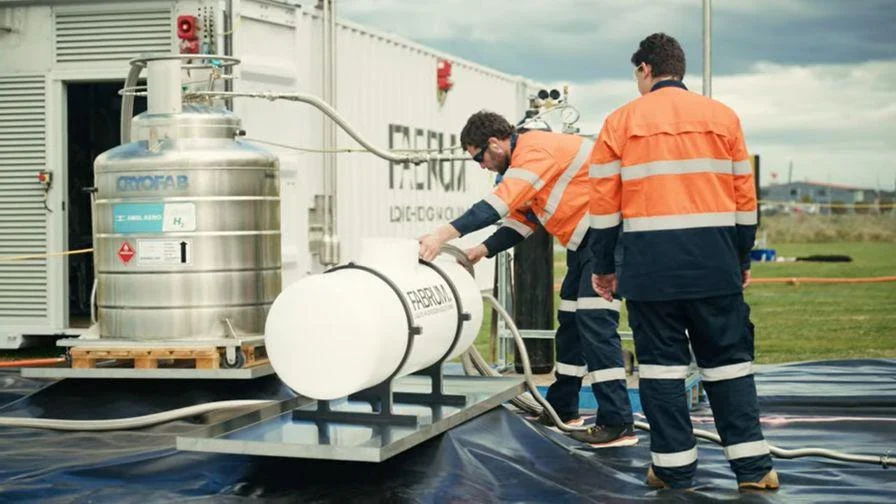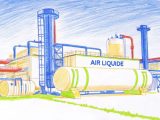
Hydrogen Storage Using Composite Tanks: Fabrum Teams Up With Startups To Achieve First Liquid Hydrogen Aviation Refueling
October 30, 2025Fabrum has teamed up with some cutting-edge Australian and New Zealand hydrogen-electric aviation startups to pull off the first-ever demo of liquid hydrogen refueling using composite tanks. It’s a real game-changer for making zero-emission technology a reality on long-haul flights.
We all know that storing and handling cryogenic hydrogen has been one of the biggest roadblocks for hydrogen-electric aviation. By showing we can refuel quickly and safely into advanced composite cryogenic tanks, this trial lays down the groundwork for hydrogen-electric aircraft to actually take off.
Key Insights
- The demo proved a Liquid Hydrogen Refueling System designed for composite tanks, slashing boil-off and transfer losses.
- Composite Hydrogen Tanks showed off better insulation and strength compared to traditional metal designs, pushing the envelope in hydrogen storage.
- The event unfolded at a specialised New Zealand facility, tapping into a thriving clean-tech ecosystem.
- Partners are gunning for Australasia’s first hydrogen-electric flight in the next 12–18 months.
- The success turbocharges local hydrogen infrastructure and pushes forward regulations for safe cryogenic operations.
Technical Highlights
At the core of this demo were 1,200-liter composite cryogenic tanks packed with multi-layered insulation and high-strength carbon-fiber shells, keeping liquid hydrogen at a bone-chilling –253 °C. During refueling, engineers maintained rock-solid pressure and temperature controls, hitting transfer rates up to 400 kg/h. Impressively, they clocked less than 1% boil-off over 24 hours thanks to savvy thermal management—an all-star example of next-gen hydrogen storage.
These tanks tie straight into the hydrogen-electric propulsion system, feeding fuel cells that turn liquid hydrogen into electricity and emit nothing but water vapor. The teams are already running the fuel cell technology through its paces on the ground, testing cell stacks and electric motors in real-world scenarios.
Strategic Impact
For Fabrum, this demo cements its spot at the top in cryogenics and sets the stage for new deals with aircraft OEMs and airport operators. The startups get a clear path toward certification trials and pilot flights, while the entire region—New Zealand and Australia—burnishes its reputation as a hub for sustainable energy and industrial decarbonization.
Looking at the bigger picture, airports will have to revamp fueling systems, overhaul fuel storage protocols, and tweak safety playbooks. Ground crews need fresh training, refueling standards must be updated, and emergency-response plans will have to be rewritten. It’s all part of building out a robust hydrogen infrastructure for aviation.
Looking Ahead
Sure, there are still hurdles—scaling up hydrogen production, locking in offtake agreements, nailing down aircraft certification—but proving this refueling technique removes a massive technical roadblock. We’ve got a blueprint now for regional hydrogen hubs at airports: cryogenic storage, fuel cells, electric propulsion lines—the whole package.
In the next 12–18 months, expect pilot flights to take wing, followed by small commuter and cargo services. As fuel cell technology gets more efficient and green hydrogen prices keep falling, hydrogen-electric aviation is set to compete head-to-head on regional routes.
This isn’t just a local win—it’s a global signal that the aviation industry’s shift toward truly zero-emission technology is unstoppable. By showing that liquid hydrogen can be handled safely and efficiently at scale, Fabrum and its partners have charted a clear course toward cleaner skies.


 With over 15 years of reporting hydrogen news, we are your premier source for the latest updates and insights in hydrogen and renewable energy.
With over 15 years of reporting hydrogen news, we are your premier source for the latest updates and insights in hydrogen and renewable energy.